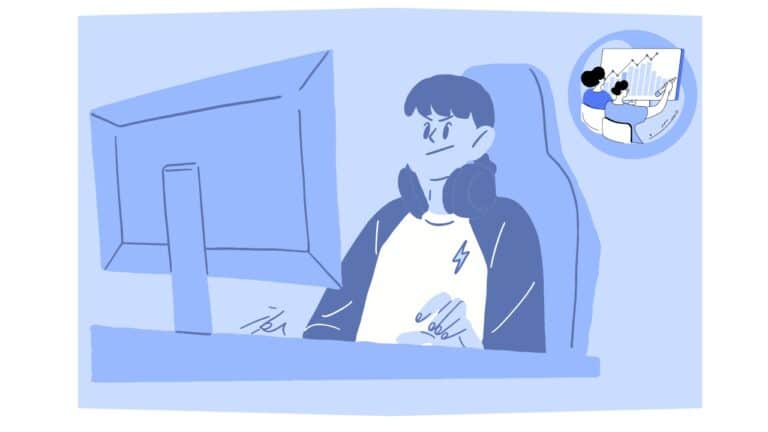Cascading Style Sheets (CSS) is a stylesheet language used for describing the look and formatting of a document written in HTML. CSS3, the latest version of CSS, introduces many new features that can be used to create more interactive and visually appealing user interfaces. In this tutorial, we will guide you through the process of building user interfaces with CSS3.
Table of Contents
ToggleUnderstanding CSS3
CSS3 introduces a number of new features and modules, including:
- Selectors: CSS3 introduces a number of new selectors that allow you to select elements based on attributes, sibling relationships, and more.
- Box Model: CSS3 introduces the
box-sizingproperty, which allows you to control the box model used for layout. - Backgrounds and Borders: CSS3 introduces the
border-radius,box-shadow, andborder-imageproperties, which allow you to create rounded corners, drop shadows, and complex border images. - Text Effects and Typography: CSS3 introduces the
text-shadowandword-wrapproperties, as well as a number of new font properties. - 2D/3D Transformations: CSS3 introduces properties that allow you to rotate, scale, skew, and translate elements in two or three dimensions.
- Animations: CSS3 introduces the ability to create keyframe animations using the
@keyframesrule and theanimationproperties.
Building a User Interface with CSS3
Let’s create a simple user interface using some of the CSS3 features. We’ll create a card-like component with a rounded border, a box shadow, and a simple animation.
First, let’s start with the HTML structure:
<div class="card">
<h2 class="card-title">Card Title</h2>
<p class="card-text">This is some text inside of a card.</p>
</div>
Next, let’s style our card using CSS3:
.card {
width: 300px;
padding: 20px;
margin: 0 auto;
background-color: #f8f9fa;
border-radius: 10px;
box-shadow: 0 4px 6px 0 hsla(0, 0%, 0%, 0.2);
transition: all 0.3s ease-in-out;
}
.card:hover {
transform: scale(1.05);
}
.card-title {
margin-top: 0;
color: #343a40;
text-align: center;
}
.card-text {
color: #6c757d;
text-align: center;
}
In this CSS, we’re using the border-radius property to create rounded corners, the box-shadow property to create a drop shadow, and the transition and transform properties to create a scaling animation when the card is hovered over.
Conclusion
CSS3 introduces a wide range of features that make it easier to create interactive and visually appealing user interfaces. By understanding these features and how to use them, you can create more engaging experiences for your users. Remember to use vendor prefixes for better browser compatibility, and consider using a CSS preprocessor like Sass or Less to make your CSS more maintainable. Happy coding!

